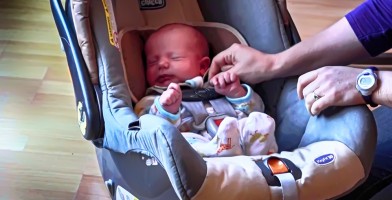Our Favorite Headphones For Kids
When our grandparents were born listening to recorded music or broadcasts was most often done as a group, gathered around a gramophone or a radio as headphones were something for the audiophile or sound technician. Nowadays, even the cheapest mobile phone comes with a set of small headphones known as earbuds. Personalized listening to music or the soundtrack of games and movies using portable devices has become ubiquitous. Children see their parents using mp3 players or mobile phones and want the same. However, young ears are not the same as adults as they need to be protected from the intense sound that could damage them, and lead to deafness in later life. In this article, we are going to look at how to choose a set of headphones for your child, and pick out some of the best currently available on the market.
Our Top 3 Picks
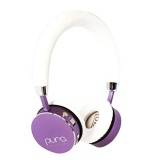
- Puro Sound
-
Our rating - Great Sound
- Price: See Here

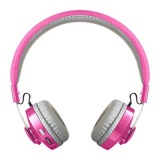
- LilGadgets
-
Our rating - Adjustable
- Price: See Here

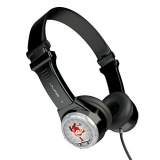
- JLab Audio
-
Our rating - Lightweight
- Price: See Here

10 Best Kids Headphones
1. Puro Sound Labs Headphones
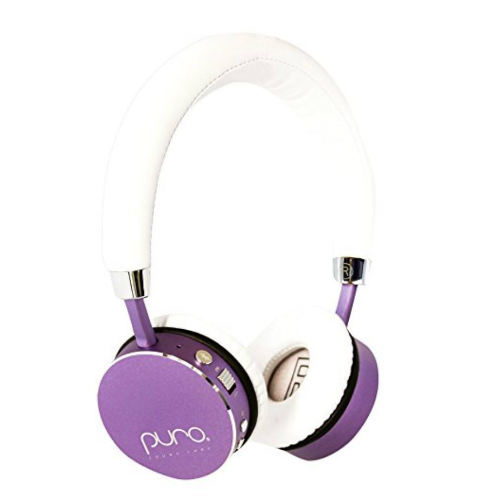
Great sound quality
Well built and comfortable
Excellent volume limiting
Special cable for volume limiter to work in wired mode
2. LilGadgets Untangled Pro
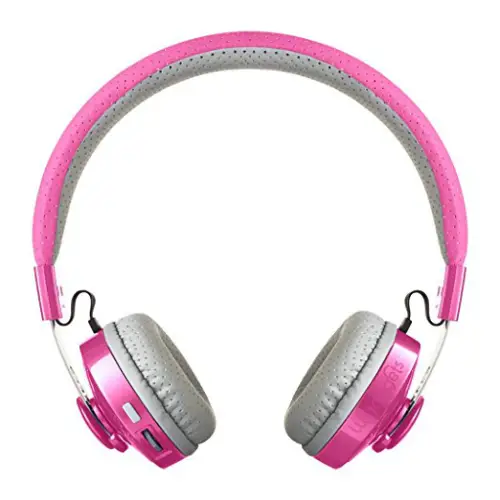
Shareport audio sharing
Adjustable for head sizes
Volume limiter to 93 decibels
Earcup padding can come off
3. JLab Kids Headphones
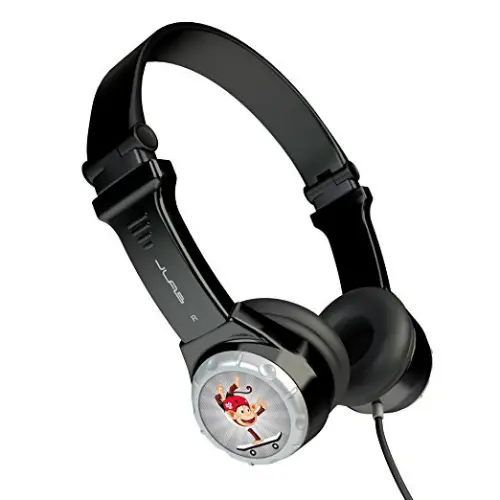
Limited lifetime warranty
Simple wired operation
Lightweight
Plastic construction
4. LilGadgets Wired Headphones
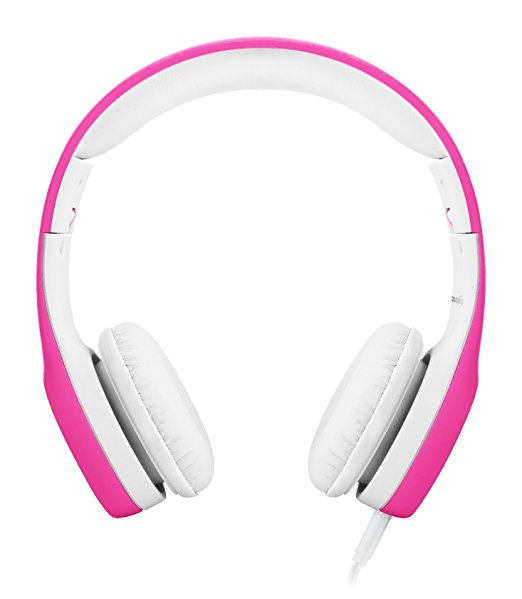
Great for younger children
SharePort audio sharing
Long audio cable
Headband hinges a weak point
5. InFlight Volume Limiting Headphones
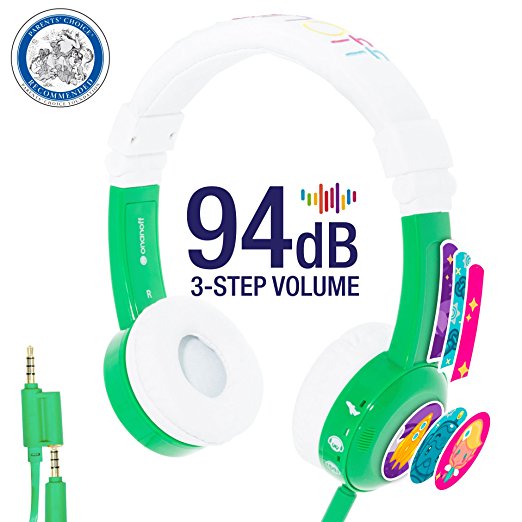
Three volume limits
Compact folding design
Airline audio adapter
Loose fit on small toddlers
6. Sony Childrens Headphones
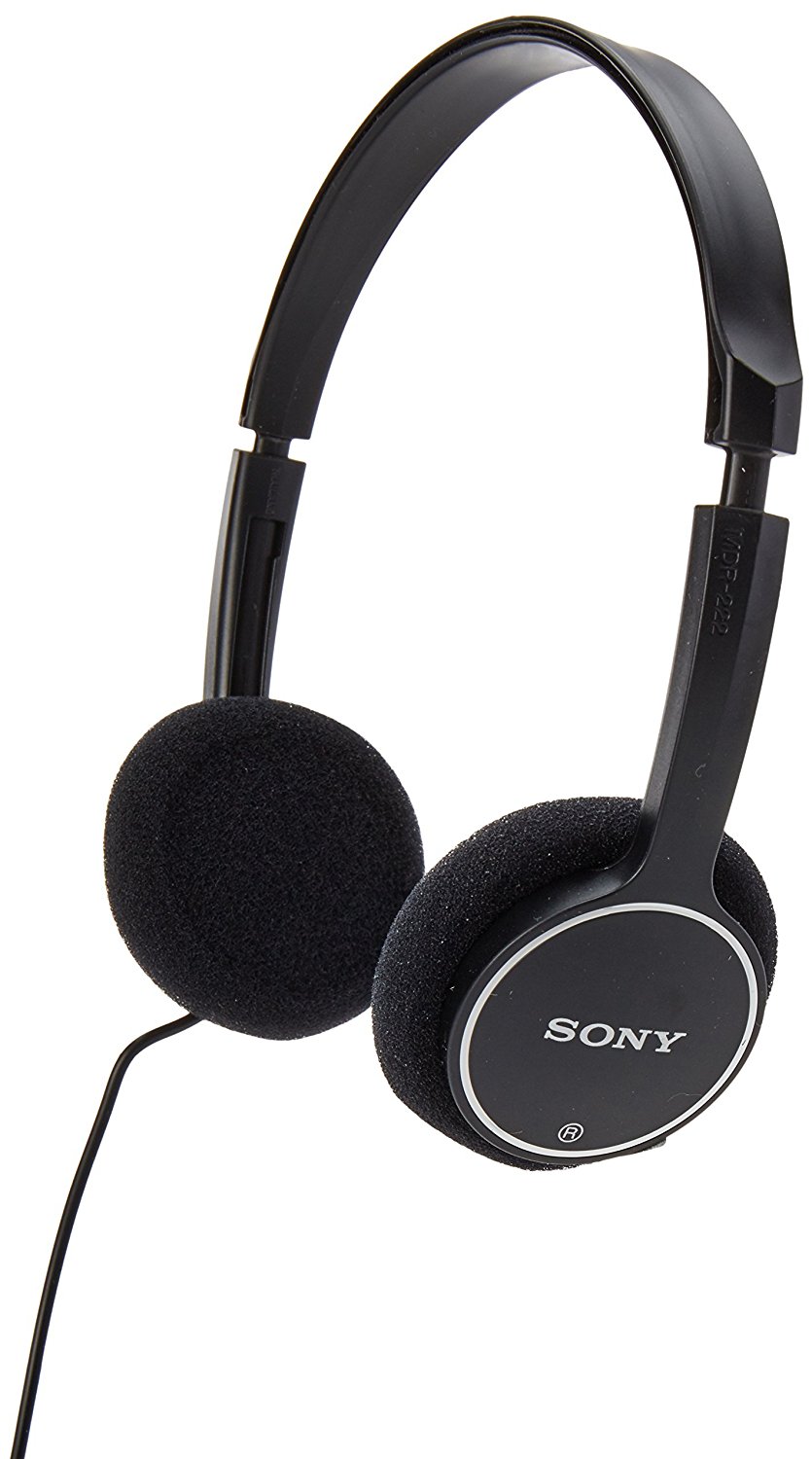
Ultra-lightweight
Wearable for long periods
Cheap
Over limited for some environments
7. CozyPhones Kids Headphones
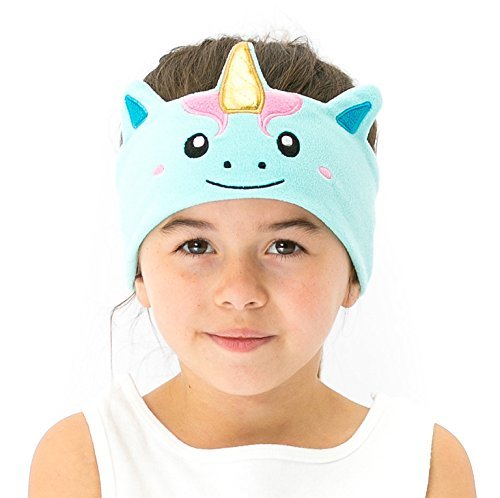
Comfortable
Washable
Fun
Volume limiter accuracy
8. Kidz Gear Wired Headphones

Passive noise isolation
Removable volume limiter
Lifetime warranty
Y-cable can tangle
The Sound from Headphones
If you are sitting in a room with someone wearing a pair of headphones, it’s challenging to gauge how loud is the sound they are hearing. Compared to quality hi-fi speakers or the sound system you see at a rock concert the headphones look very small and harmless. What matters is how much the eardrums vibrate due to the sound. Most headphones can produce sound levels much higher than the most potent studio speakers, and well above acceptable safety limits.
Often people pop on a pair of headphones because they do not want to disturb others, not realizing their ears are experiencing sound at extremely high volumes. A test with an iPod Nano at full volume playing a pop album for about an hour gave an average sound reading of 96 decibels, that is almost as loud as standing close to the speaker stack in a club, and is much higher than the sound level in an average workplace. So as a parent don’t be deceived, even though you might not be able to hear what your child is listening to wearing headphones, it can still be pretty loud, and at times damaging to their hearing.
Limiting the Sound
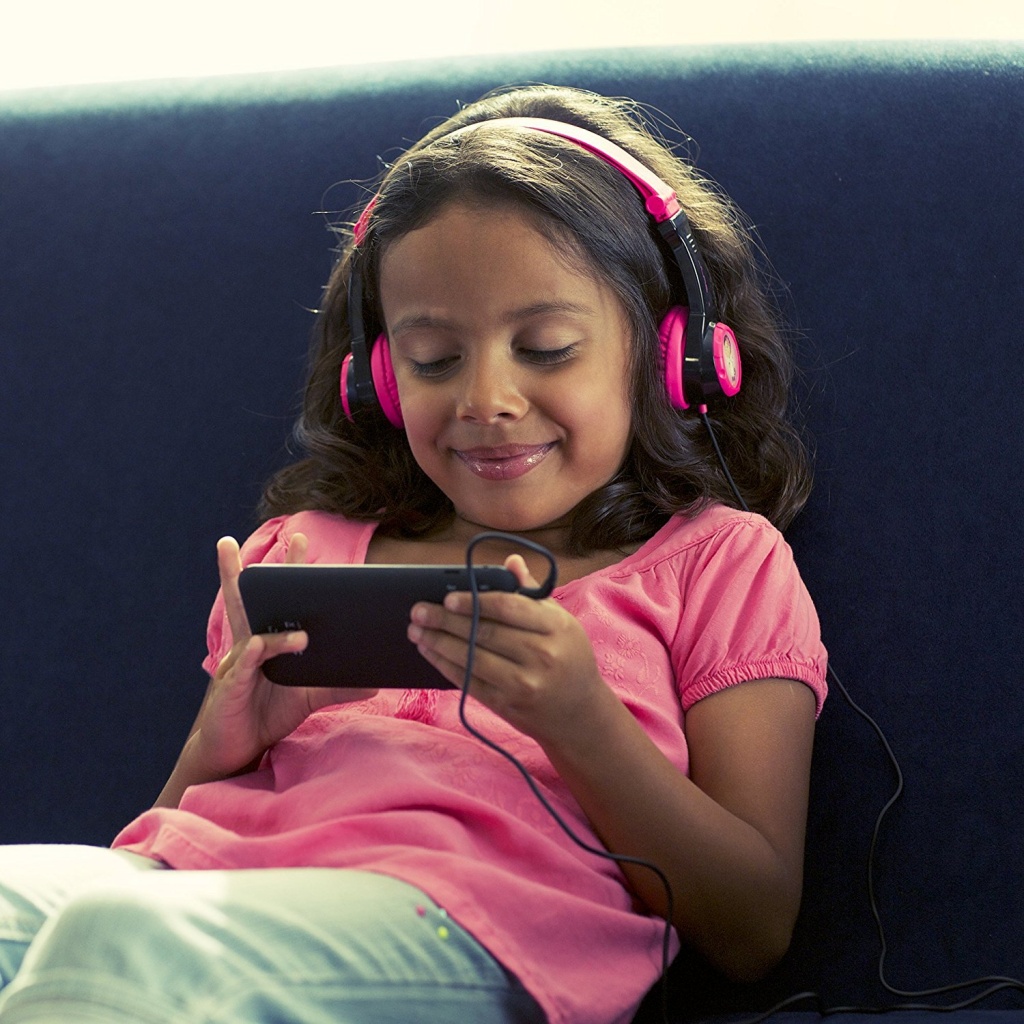
There are two types of hearing loss induced by noise. Sudden loud bursts of noise, such as explosions from guns and explosives, or even fireworks, can cause temporary or long-term hearing loss in children and adults alike. The other type is the continuous exposure to loud noise over an extended period of time. This time of hearing damage is mostly associated with the working in a noisy environment without ear protection, or being subjected to loud sounds such as amplified music over a number of years.
An Australian government study found that a quarter of people using portable audio devices daily were exposed to high enough noises to cause hearing damage over the long term. In the Netherlands, a study discovered that almost all adolescents were listening to music from mp3 players with earphones, and almost half were at levels high enough to cause hearing damage. Only seven percent of the youngsters were using a noise limiter. The children’s hospital in Boston has researched listening levels and found that listening an hour a day at 60% volume is relatively safe.
Continuous exposure to noise over many years is key to hearing loss or impairment in children and adults. The advent of the Walkman in the early 80s and the subsequent boom in mp3 players in the last twenty years has sparked concern as headphones, and earbuds deliver sound directly at or into the ear. Because all headphones have a degree of electrical resistance, they can attenuate the volume of sound coming from a typical personal sound device. The higher the resistance, the lower the sound volume attainable from any specific machine. Hence, matching the right headphones to a player can stop hearing damage from occurring. Studies have shown that high sound levels, on a regular or daily basis, over an extended period of time will cause some hearing damage. Even though some people have ‘tougher’ ears than others, it’s difficult to tell who until any damage has been inflicted to their hearing.
Music and Speech its All-Noise
Even though we can distinguish speech from music from noise, eardrum itself does not, as it is the brain that processes the sound. So listening to loud music, or speech can be just as detrimental as standing in the middle of a noisy work environment. America’s National Institute on Deafness calculates that approximately 28 million Americans have some form of hearing loss. There are 17 out of 1,000 children under the age of 18 affected. Although there has been lots of research into the hearing loss due to noise in adults, there has been little research into how loud noises affect children.
How Loud Noise Affects Hearing
Hearing is affected by loud noises as they damage the hair cells of the cochlea. When exposed for a short time to a very loud noise people experience what is called the ‘temporary threshold shift,’ which means a temporary loss of hearing, usually accompanied by ringing in the ears known as tinnitus. If the hair cells are permanently damaged, then this can lead to permanent hearing loss of some degree.
How Does Loud Noise Affect Children?
There have been a number of studies on how children are affected by loud noise from many parts of the world. In broad terms, the studies conclude pre-schoolers, and schoolchildren can be changed in four different ways. Kids can show one or all of these symptoms.
- Hearing impairment. Young children are likely to be more susceptible to hearing loss from loud noise than adults. Clinical studies with mice show that after just four days of exposure to loud music the animals had a marked loss in the number of cochlear hairs inside the ear. The loss of hairs is directly related to hearing loss.
- Affected sleep.
- Stress-related somatic A noisy environment can increase the stress levels in children, which in turn is having a somatic impact on their bodies, increasing hormone levels, and blood pressure.
- Cognitive effects. The stress response to loud sounds in children can also have a psychological impact. As with adults children respond differently, some can find loud noises terrifying, while others take it in their stride.
Watch Out for Acoustic Shock
Acoustic shock, what’s that I hear you say? Well, acoustic shock usually occurs when there has been some electrical stimulation to the hearing that can come from a short-lived high voltage in a headset of a telephone or headphones. The resulting acoustic shock can temporarily or permanently disturb the functioning of the ear or nervous system. Headset manufacturers are aware of the problem and have active and passive ways to stop acoustic shock happening. The active control requires powered circuitry to process signals to the headset.
Passive or power-free solutions are now making themselves more available in products to protect listeners. Passive control responds directly to high sound pressure and is recommended for children as there is no need for a power source, and can take a lot of day-to-day punishment. These types of headphones can attenuate the loud sounds by as much as 27 decibels, which is enough to avoid most circumstances of acoustic shock.
How Concerned Should I Be With My Child Using Headphones?
For adults choosing a pair of headphones often comes down to price and sound quality, and the effect they have on our hearing is not a concern. However, for growing children, it is much more of a worry. Kids have hearing that is much more acute than their parents. Some kids set the ringtone on their phone at frequencies many adults cannot hear. They can do this because their hearing is still developing, and they have not been subjected to the loud noises of everyday life as much.
So we should be taking all reasonable precautions to protect our kids’ hearing for as long as possible. One recent report suggested that by 2060 over half the population of the United States would have such bad hearing they would be classified as deaf. The study put it down to too many people listening to volumes that are far too high. The latest noise-canceling headphones do not help. They block out the sound surrounding the listener, enclosing the ears with sound, which makes the force against the eardrums greater, and increasing the chances of hearing damage.
What to Look for in Kid-friendly Headphones
We’ve already talked about how hearing is affected by loud noise, and how headphones or earbuds can make the problem more acute. Unfortunately, you are not going to stop your kids wanting to listen to music using a personal audio device. So it’s best to get them something that you will be comfortable knowing they are as protected from hearing damage as possible. You cannot go wrong by first explaining to your kids about the dangers of loud noises, and how it can affect their hearing.
Music concerts and surround sound systems at movie theaters can have sound levels of 100 decibels. It may be loud and fun, but your kids need to understand it can cause long-term damage to their hearing. If you take them to the movies, ask them afterward about their hearing. If the picture was very loud, then their hearing can be muffled and indistinct for a few hours afterward. This would be a good time to talk about listening to high volumes, and what could be considered safe listening, and explaining that turning the music down can be just as much fun.
Some so-called experts will say that it never safe for children to listen with headphones or earbuds, but that is not the case. Consider airline pilots who wear headphones for hours on end, and they still have an acute sense of hearing, so why not children. However, research has discovered that the risk of hearing loss to children and adults increases if you wear headphones for more than two hours per day. The researchers were quick to point out that this did not mean wearing them for two hours, and then taking them off for a spell, and then using them again for two hours. Instead, it was a total of two hours in any day.
It is a good idea for your kids to lower the volume of their listening with headphones, and also to limit the time they were them. Experts in child hearing and development say that the length of listening with headphones can have a detrimental effect on a child’s hearing even at low levels, so use should be carefully monitored by a parent. All these warnings may make you think that your child should never wear headphones, well we all know that is not going to happen. Like ice cream, chocolate, and all our indulgences moderation is the key.
What Is a Safe Volume Level?
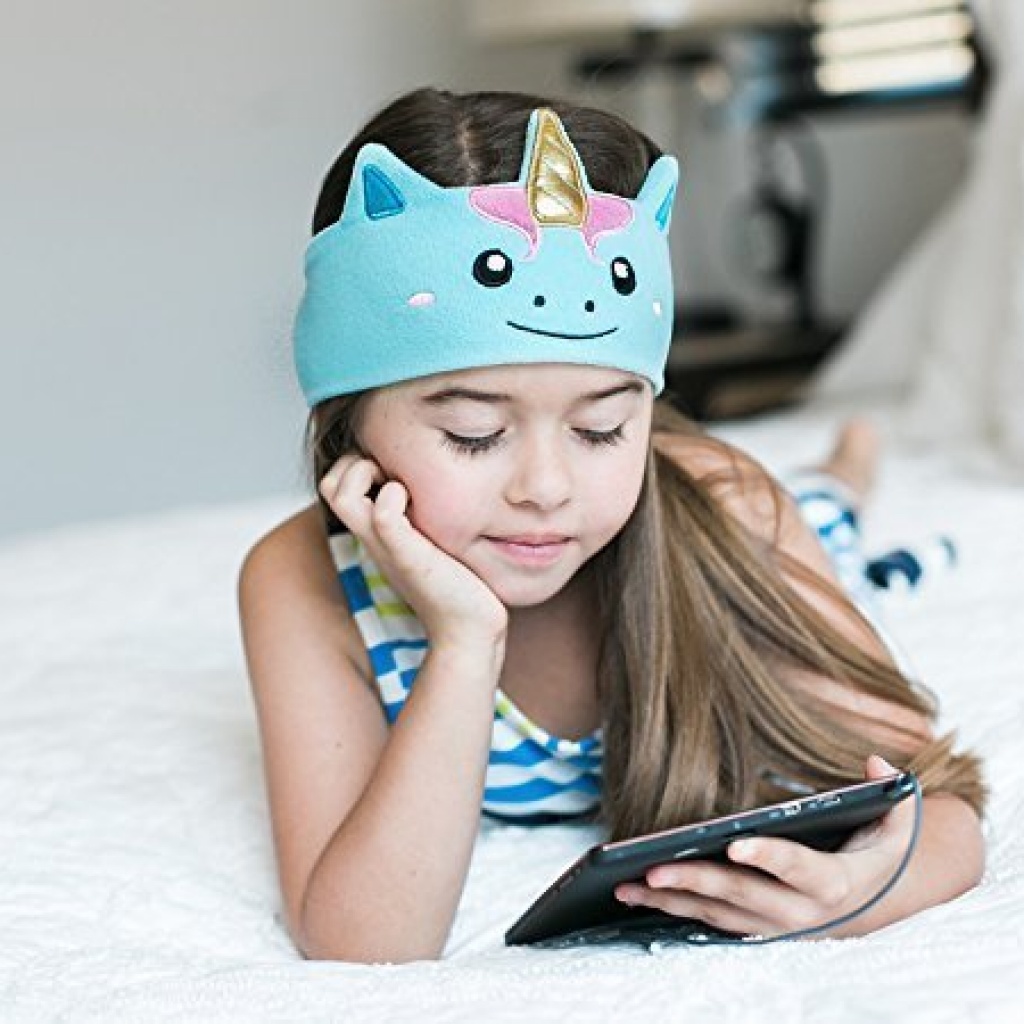
The World Health Organization (WHO) and other leading health authorities have set out guidelines on what can be considered the maximum volume a child should be subject to when listening to a personal audio device. The WHO considers 85 decibels as safe, whereas the US Centers for Disease Control (CDC) has a lower level at just 70 decibels. The 85-decibel level set by WHO is based on the effect on adults, however, the CDC points out that children have a lower threshold to damage, and have thus based their figure lower.
When listening to 70 decibels, any surrounding sound will not be drowned out by what you are hearing. However, at 85 decibels the surrounding sounds are usually sufficiently muted. This is often the reason for turning up the volume on headphones. Earbuds are not going to improve the situation, as although they drown out surrounding sounds, the source of the noise is much closer to the eardrum, and thence the volume can be so much higher, and thus cause as much damage as headphones. Headphones for kids often come with an attenuation switch that can limit the maximum volume produced. Nowadays this is not necessarily a physical switch and is more often software which is password protected so parents can then set the highest listening volume for their child.
What Else Should You Consider When Buying Headphones for a Child?
As with a lot of things you buy for the kids, it’s essential to choose stuff they are going to use. Otherwise, it is a waste of money. Ask yourself if your child is really going to get any use out of the headphones, and will they take the punishment your youngster is likely to give them? You will have to balance budget and durability to see if it is worth spending the money. Headphones are a bit like clothes, and there is no one-size-fits-all for kids like there are for adults. You have to take into account the size of the earpieces, and the size of the headband to see if they fit your child. Just like buying clothes for your child, even though it says it will fit a recommended age then it might not be accurate for your kid.
Think of the times you have bought something for your child to wear on recommended size, only to find when you get it home it’s either too big or too small. Good retailers will allow you to try the headphones on your child before buying to check they are the right size and fit. Look for headphone earpieces which cover the ear snugly. The headband should have enough expansion to allow for growth and be not too stiff that it presses hard on the ears. Try and look for headphones which are lighter to wear. Any weight on the head can cause neck ache, and other problems if used over an extended time. The higher sound quality headphones are generally designed for older children. They are also likely to be the more expensive but are also more durable.
What We Considered When Reviewing Kid’s Headphones
We have compiled details of a series of tests involving children who have had a chance to get hands-on with a range of headphones and picked out those they liked the best. They have also all be subject to audio tests to see if they are too loud for young ears. Adult headphones tend to be much louder than those designed for kids. Premium quality adult headphones can have a peak volume of 115 decibels which is like a jet fighter taking off and is far too loud for any child to be subjected to for any length of time.
Most headphones designed for children we looked at are limited to 85 decibels in line with the World Health Organization standard we talked about earlier. If you decide to purchase a pair of headphones without the restrictor, then it will require trust between you and your child that they are not playing music too loud. We also considered the length of the cable, or if a cable is really necessary as Bluetooth options are becoming increasingly available. Ideally, we were looking for headphones that had excellent sound quality, and kept the noise inside the headpieces, without having a volume high enough to cause hearing damage.
The FAQs
How Do Kids Headphones Differ from Adults?
The most noticeable difference is the size and fit. Most kid’s headphones are designed to fit on the smaller head of a child. If the headphones are too big for a child, then they will be uncomfortable, dangerous and the sound quality is likely to be poor. Kids will constantly be adjusting, and they’ll soon tire. Kids headphones also come with a volume limiter to make sure their ears are not damaged by too high volumes.
Can I Get Noise-canceling Headphones for Kids?
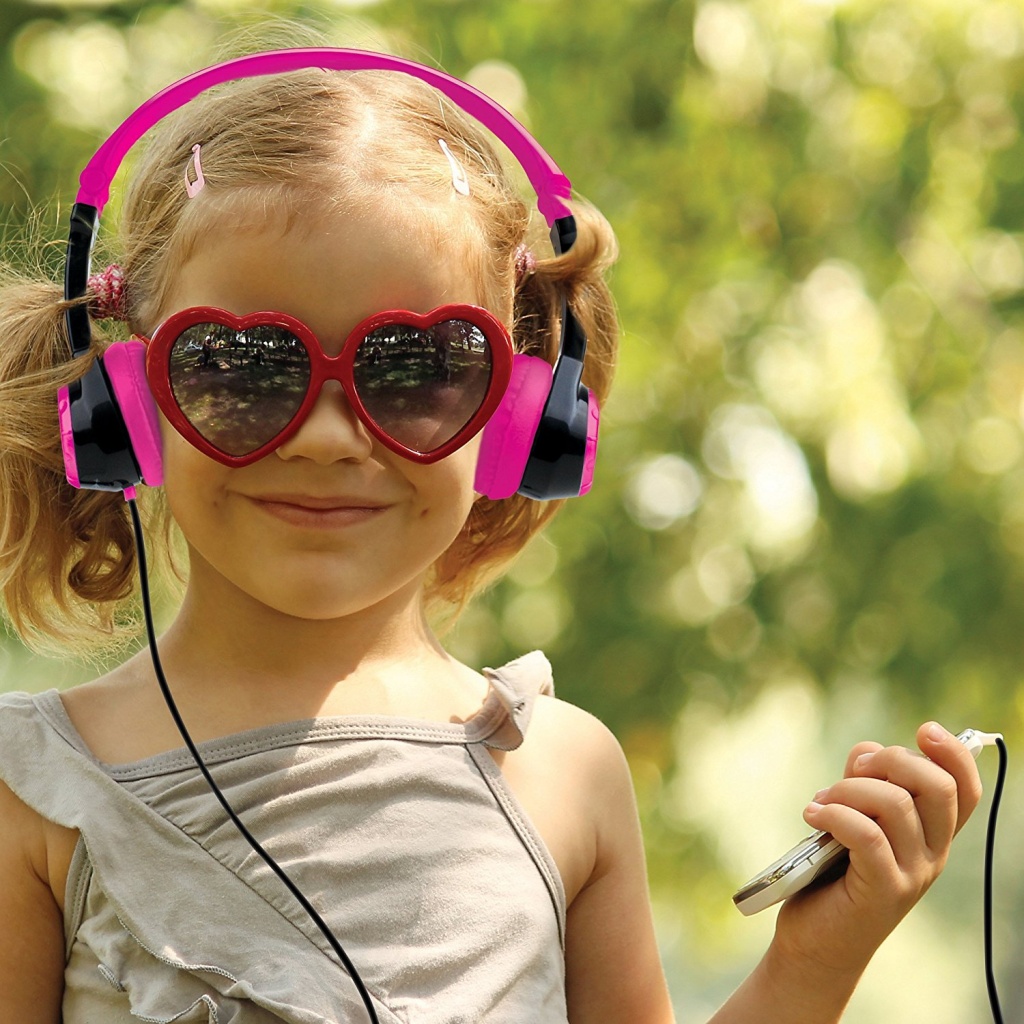
There are no noise-canceling headphones on the market at the moment for kids. This type of headphone technology is relatively expensive and is not something that kids are looking for.
What Is the Best Listening Volume for My Child?
If your child is going to use headphones for extended periods, medical professionals recommend that they listen at no more than 85 decibels for one hour, for adults, this is eight hours. If the volume level is up to 95 decibels, then the listening time should be reduced to just a few minutes. Anything over that could harm your child’s hearing in later life.






